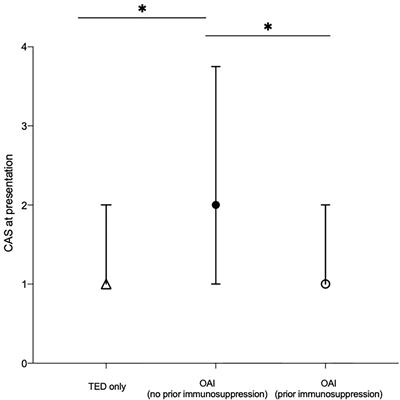EDITORIAL
Published on 29 Apr 2022
Editorial: Mechanisms and Novel Therapies in Graves’ Orbitopathy: Current Update
doi 10.3389/fendo.2022.902591
- 2,029 views
43k
Total downloads
137k
Total views and downloads
You will be redirected to our submission process.
EDITORIAL
Published on 29 Apr 2022
ORIGINAL RESEARCH
Published on 25 Jan 2022

REVIEW
Published on 05 Jan 2022

REVIEW
Published on 09 Nov 2021

ORIGINAL RESEARCH
Published on 07 May 2021

MINI REVIEW
Published on 16 Apr 2021

REVIEW
Published on 01 Apr 2021

ORIGINAL RESEARCH
Published on 05 Mar 2021

ORIGINAL RESEARCH
Published on 15 Feb 2021

ORIGINAL RESEARCH
Published on 10 Feb 2021

ORIGINAL RESEARCH
Published on 03 Feb 2021

OPINION
Published on 02 Feb 2021

